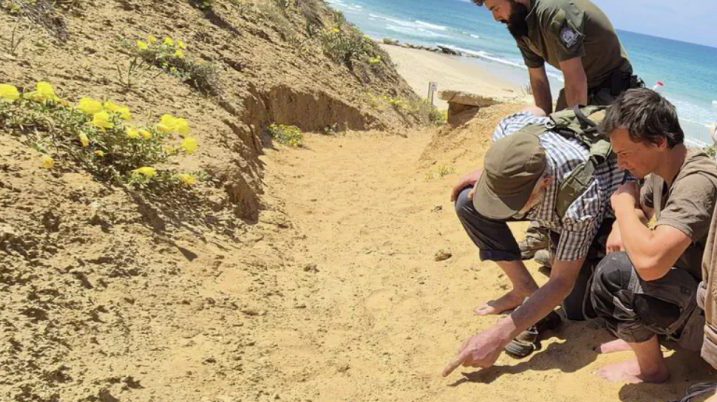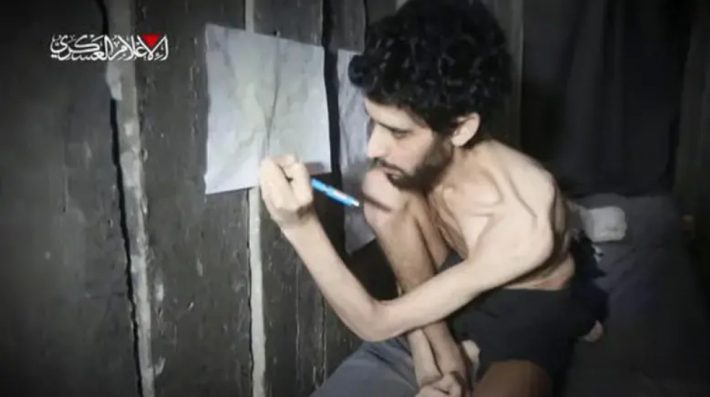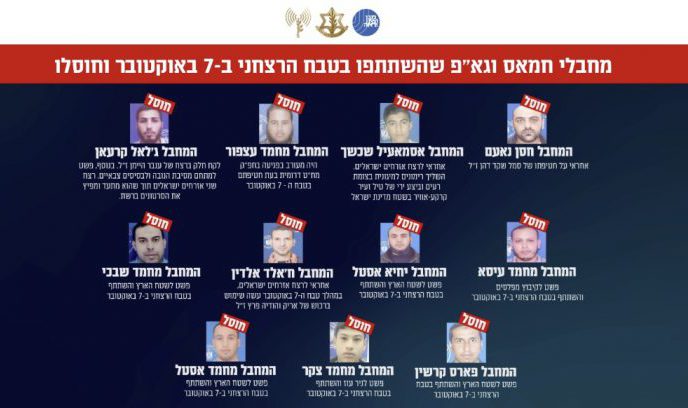Special forces veteran Noam Eitan explains to Arutz Sheva his novel course to teach search and rescue workers how to find victims by tracking.
Noam Eitan, an author, painter, and a veteran of one of the elite units of the IDF, has already taught Israeli farmers in Judea and Samaria how to track livestock thieves. Now, he is teaching rescue workers from the Israel Dog Unit, a nonprofit specializing in working dogs, to track missing persons throughout Israel.
Eitan spoke with Arutz Sheva – Israel National News about how his training course is constructed. “The course includes a weekly day and night meeting, and throughout the week they train on their own. There are comprehensive exercises every month, thus practicing the changes caused by the seasons. After three months of practice, the trackers can already begin supporting other forces with what they’ve learned.”
Noam notes that one of the principles that the cadets internalize is that someone can leave more than just tracks, providing a significantly greater dimension to his variety of tracking as opposed to others who learn the practice.
Noam explained that the course was changed for tracking missing persons, which requires more patient work than the quick and aggressive tracking needed to locate stolen livestock. The course starts at the beach and continues to more inland areas, with candidates learning to analyze ground changes that may include a moved stone, tracks washed out by rain, or variations in the type of ground.
In order to tackle the challenge of tracking, Noam explains, one must know the person they are tracking and their possible behavior. If it is an elderly person with memory problems who has disappeared in an urban area, one must also search in the parks surrounding the city, set interception points, investigate unexpected routes, and take into account the possibility of a person falling when they are exhausted.
“Sometimes we encounter tragedies. Not long ago, we had a very painful incident in Ramon Crater of an elderly person who went out to hike and found himself lost after deviating a little from the path. He entered a gully, slipped there, and stayed there for some time before passing away. Searchers found him only after four days,” he says, estimating that had trackers been available, he could have been found faster and possibly even saved.
Tracking is needed in security beyond simply stopping livestock theft. “A friend who was injured and returned to service established a unit in the IDF based on our graduates. They are embedded with other forces and have been involved in multiple pursuits that have saved lives.” The graduates involved are primarily Hilltop Youth who joined Noam’s course from homesteads in Judea and Samaria to help protect themselves against the widespread phenomenon of Palestinian Arab theft of livestock, vehicles, and farming equipment.
The challenge of tracking also involves dealing with the internal tendency of the tracker himself. “It requires working with your inner self, because when you are tired, the human brain wants to close the case, and you have to fight that, to keep an open mind and absorb information from the surroundings. For advanced trackers, I practice different types of vision, connecting physical vision with cognitive vision, clearing the head of thoughts, and letting the environment seep into me,” he says. Another way he fights cognitive fatigue is by working with a tracking dog, which thinks differently than a human and has senses sharp enough to detect a track that humans might miss.
Noam also shared that he acquired many skills during the time he lived together with Bedouins, who the IDF favors heavily for their prowess in tracking. Not everyone is suited for the task, though. “Some Bedouins did not grow up following livestock. This is true for Jews, too. Many of the Hilltop Youth, though, have developed excellent skills for the field – they just need to focus their energies, and they can become the best trackers.”





